As news emerged that two of Iran’s most popular soccer clubs are up for sale, there was renewed speculation over the fate of Iran’s economy.
The government announced that Persepolis and Esteghlal Football Clubs were both going to be privatized in autumn 2014, though it was only when the Iran Privatization Organization made its announcement earlier this year that people began to take the decision seriously.
But what does the privatization of Iranians’ favorite clubs — both of which have thousands of diehard fans — say about attitudes to economic policy in Iran in general? In a country where the concept of ownership is constantly being redefined, the privatization of businesses can differ as well.
Officially, Iran’s Ministry of Economic Affairs and Finance has offered the Persepolis and Esteghlal brands up for sale via auction, including logos, promotional material, assets and office space. Each club is valued at an estimated 290 trillion rials (roughly $95m). Potential buyers have been told to submit their offers to the ministry office responsible for managing the process and deposit a sum of 87 billion rials ($2.9m) at the time of application. After the auction, the successful bidder will be given the opportunity to pay the full price in instalments, after paying a deposit or down payment of 20 percent of the price. The auction process is of course just the start. The buyer will still be required to negotiate the terms of transfer with Iran’s Football Federation (FFIRI).
There is no shortage of hopeful buyers: businessmen, directors of public and semi-public entities and companies, former soccer players and former managers are all bidding, and the Iranian media has responded with widespread, frenzied coverage. But the real question is: Will the individual or company that seals the deal really own the team? Will they be given the freedom to make the financial and strategic changes to determine the future of the clubs?
On the face of it, it would appear simple, with buyers having to work closely with two bodies, the FFIRI and the Ministry of Economic Affairs and Finance. But in reality, the bureaucracy is extensive, with many more organizations playing a role.
Coming up with the money is just the first step. The potential buyer must also have social clout and command respect from the country’s political elite — or actually be a part of it. And, more important than anything, those hoping to put forward serious offers must not be guilty of one of the Iran’s most serious crimes: putting Iran’s national security at risk.
Other offences, however, might just be overlooked. One hopeful bidder for Persepolis owes Iran’s public banks close to $65m. In this scenario, whether a potential buyer is credit-worthy seems less important than his track record with the regime.
Although Iranian soccer is full of competitive teams — including private clubs and public ones — broadcasting soccer in Iran is down to one monopoly: the Islamic Republic of Iran Broadcasting (IRIB) Organization is the only media outlet authorized to broadcast matches. It makes millions of dollars off the industry and offers a small fraction of its revenues to Iranian clubs.
It is estimated that IRIB makes anywhere between $80 and $120m annually from broadcasting soccer. FFIR is lucky if it earns somewhere just below 10 percent of this total revenue, and relations have at times been so hostile between the two organizations that the federation has threatened to ban the broadcaster’s camera crews from stadiums. But IRIB is quick to remind politicians that failure to broadcast games will result in nationwide unrest and protests. In the interests of national security, the FFIR is often warned to keep its complaints to itself.
IRIB’s monopoly is solidly protected and fiercely guarded. Neither Persepolis or Esteghlal own the copyright to their matches. IRIB effectively owns the rights to Iran’s soccer league. So it is naïve to imagine the IRIB will honor any copyright agreement that a new owner might hope to introduce. If it ignores what the government as football owner wants, it is likely to have the same attitude when it comes to any private owner.
In Iran, the IRIB receives all the league revenues, and the government holds responsibility for all the associated costs. Now, in the midst of fiscal struggle, it is letting go of its role as the ultimate sponsor of Persepolis and Esteghlal. But it has never been the real owner, since it does not own the final product. So contentious is the fragile relationship that Iranian media outlets have largely avoided the subject.
As it stands at the moment, potential buyers hope to secure prestige and greater visibility by affiliating themselves with Iran’s biggest teams. But it is unlikely they make any profit. Yet they will be blamed for any change in the quality of the team, the management, as well as any defeats. Fans may well vent frustration at these new owners, but it is IRIB that actually holds the power – and, as some cynics will see it, all in the name of “national security.” Others will wonder at the model for privatization being implemented here, and question whether it really can, ultimately, expand the private sector in any kind of meaningful way.









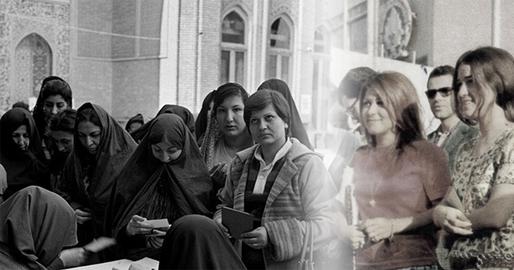

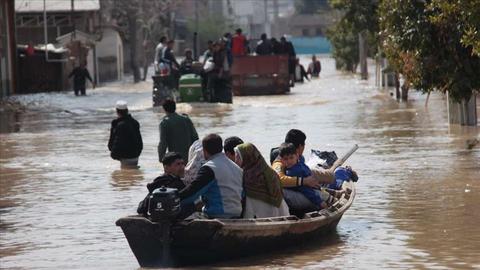
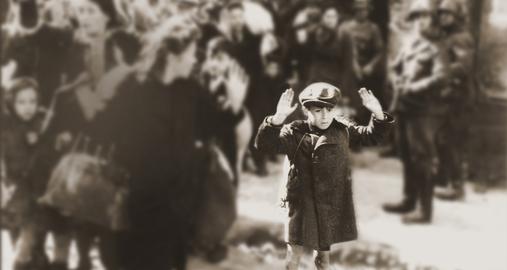
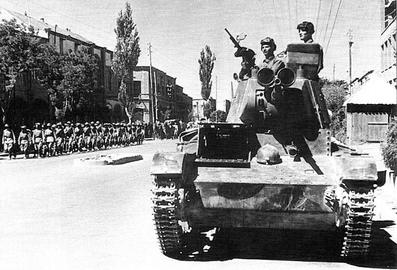
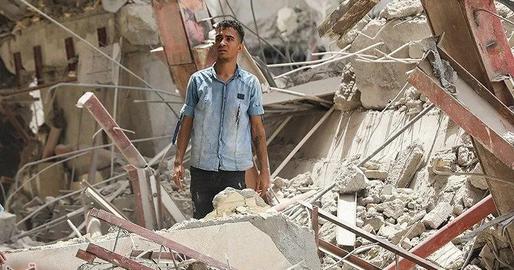





comments